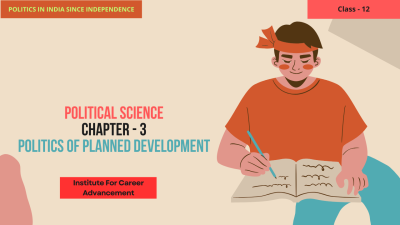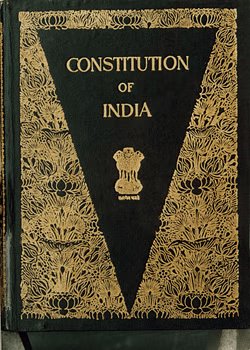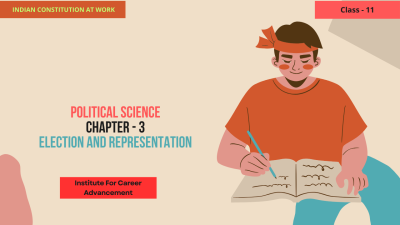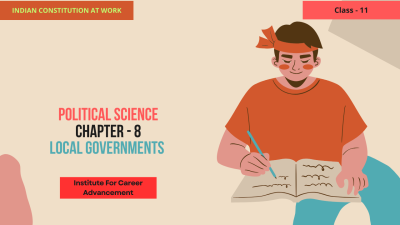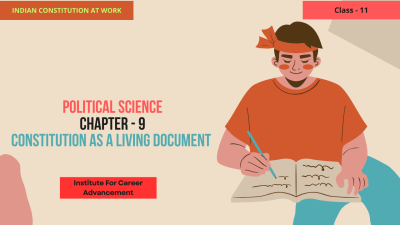Politics of Planned Development - Class 12
Politics of Planned Development is a crucial chapter in Class 12 Political Science, exploring India's journey towards economic growth and development post-independence. It delves into the strategies, policies, and political debates that shaped India's development path. Key aspects covered in this chapter include: The Nehruvian Model: Understanding the central role played by Jawaharlal Nehru in shaping India's economic vision. Five-Year Plans: Analyzing the implementation and impact of India's five-year plans, designed to promote industrialization and self-sufficiency. Public Sector Enterprises: Examining the role of state-owned enterprises in India's economic development and their evolution over time. Green Revolution: Discussing the agricultural reforms and technological innovations that led to increased food production. Economic Liberalization: Exploring the shift from a centrally planned economy to a market-oriented one in the 1990s. Challenges and Criticisms: Addressing the limitations, controversies, and inequalities associated with India's development model. By studying this chapter, students gain insights into the complex interplay between politics, economics, and society in shaping a nation's development trajectory. They also learn about the successes, failures, and ongoing challenges faced by India in its quest for progress. পরিকল্পিত উন্নয়নের রাজনীতি দ্বাদশ শ্রেণির রাষ্ট্রবিজ্ঞানের একটি গুরুত্বপূর্ণ অধ্যায়, যা স্বাধীনতা-পরবর্তী অর্থনৈতিক প্রবৃদ্ধি ও উন্নয়নের দিকে ভারতের যাত্রাকে অন্বেষণ করে। এটি ভারতের উন্নয়নের পথকে রূপদানকারী কৌশল, নীতি এবং রাজনৈতিক বিতর্কগুলি নিয়ে আলোচনা করে। এই অধ্যায়ে অন্তর্ভুক্ত মূল বিষয়গুলি হলঃ নেহরুভিয়ান মডেলঃ ভারতের অর্থনৈতিক দৃষ্টিভঙ্গি গঠনে জওহরলাল নেহরুর কেন্দ্রীয় ভূমিকাকে বোঝা। পঞ্চবার্ষিকী পরিকল্পনাঃ শিল্পায়ন ও স্বয়ংসম্পূর্ণতা বৃদ্ধির জন্য পরিকল্পিত ভারতের পঞ্চবার্ষিকী পরিকল্পনার বাস্তবায়ন ও প্রভাব বিশ্লেষণ করা। পাবলিক সেক্টর এন্টারপ্রাইজঃ ভারতের অর্থনৈতিক উন্নয়ন এবং সময়ের সাথে তাদের বিবর্তনে রাষ্ট্রীয় মালিকানাধীন উদ্যোগের ভূমিকা পরীক্ষা করা। সবুজ বিপ্লবঃ কৃষি সংস্কার এবং প্রযুক্তিগত উদ্ভাবন নিয়ে আলোচনা করা যার ফলে খাদ্য উৎপাদন বৃদ্ধি পেয়েছে। অর্থনৈতিক উদারীকরণঃ 1990-এর দশকে কেন্দ্রীয়ভাবে পরিকল্পিত অর্থনীতি থেকে বাজারমুখী অর্থনীতিতে পরিবর্তনের অন্বেষণ। চ্যালেঞ্জ এবং সমালোচনাঃ ভারতের উন্নয়ন মডেলের সঙ্গে যুক্ত সীমাবদ্ধতা, বিতর্ক এবং বৈষম্যের মোকাবিলা করা। এই অধ্যায়টি অধ্যয়নের মাধ্যমে শিক্ষার্থীরা একটি জাতির উন্নয়নের গতিপথ গঠনে রাজনীতি, অর্থনীতি এবং সমাজের মধ্যে জটিল আন্তঃক্রিয়া সম্পর্কে অন্তর্দৃষ্টি অর্জন করে। তারা সাফল্য, ব্যর্থতা এবং অগ্রগতির সন্ধানে ভারতের চলমান চ্যালেঞ্জগুলি সম্পর্কেও জানতে পারে।
English
Last updated
Wed, 27-Nov-2024

